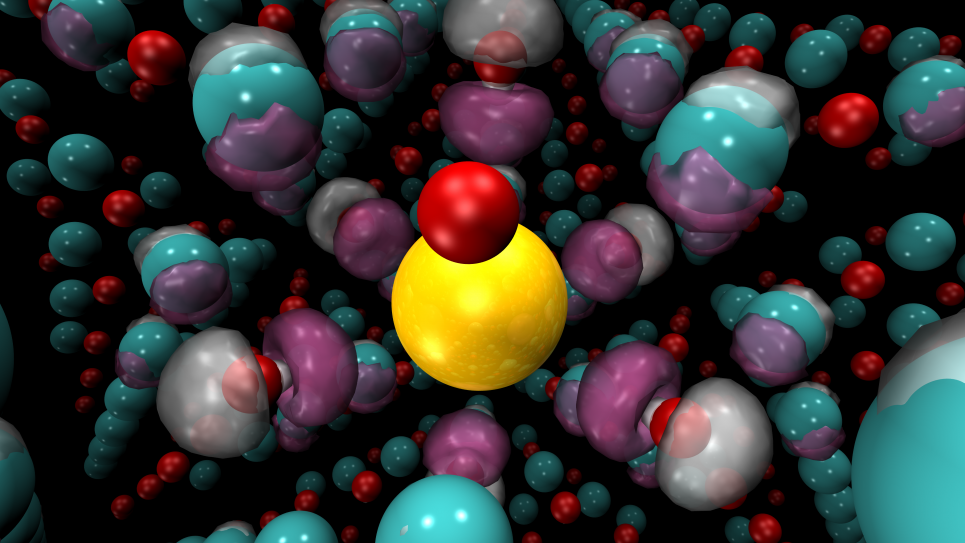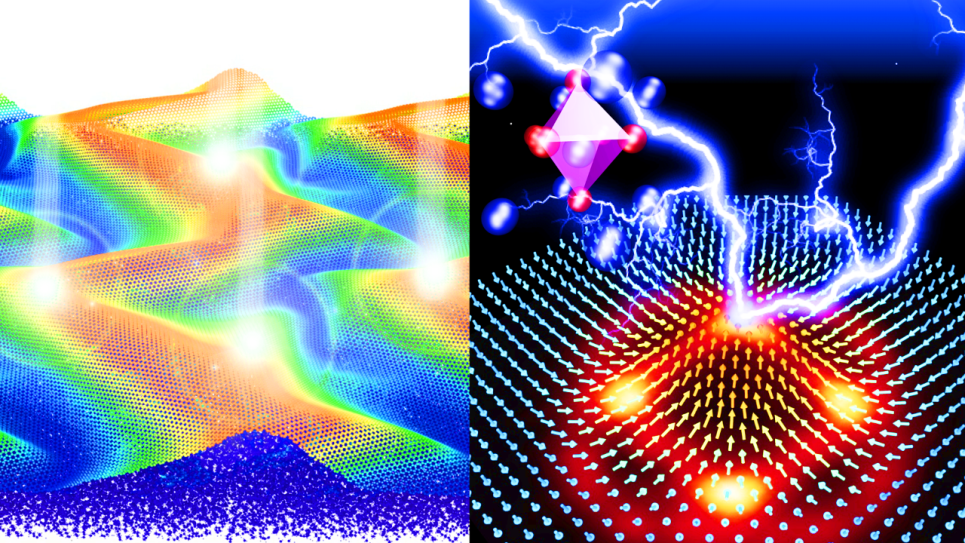Our ability to understand, predict, and design functional and quantum materials is severely hindered by the limited predictive power of computational quantum-mechanical approaches. For functional materials, the strong couplings between electron charge, spin, and the atomic positions that yield novel functionality make predictive simulations a grand challenge. For quantum materials—solids with exotic physical properties arising from the quantum-mechanical nature of their constituent electrons—the challenge is even greater.
This project aims to demonstrate significant progress towards the establishment a truly predictive, empirical, and external-parameter-free materials-specific theory, applying newly developed techniques based on quantum Monte Carlo (QMC). By directly solving the Schrödinger equation, these techniques can be used with general materials and employ very few approximations.
Centered around the open-source QMCPACK code and supported by the DOE BES Computational Materials Sciences Center for the Predictive Simulation of Functional Materials, the project focuses on the development, application, validation, and dissemination of empirical parameter-free methods and open-source codes to predict and explain the properties of functional materials for energy applications. To demonstrate a truly predictive and validated framework, it performs calculations on complex materials that possess a wide spectrum of properties, benefiting both fundamental science and new electronics, energy storage, conversion, and quantum technologies.

